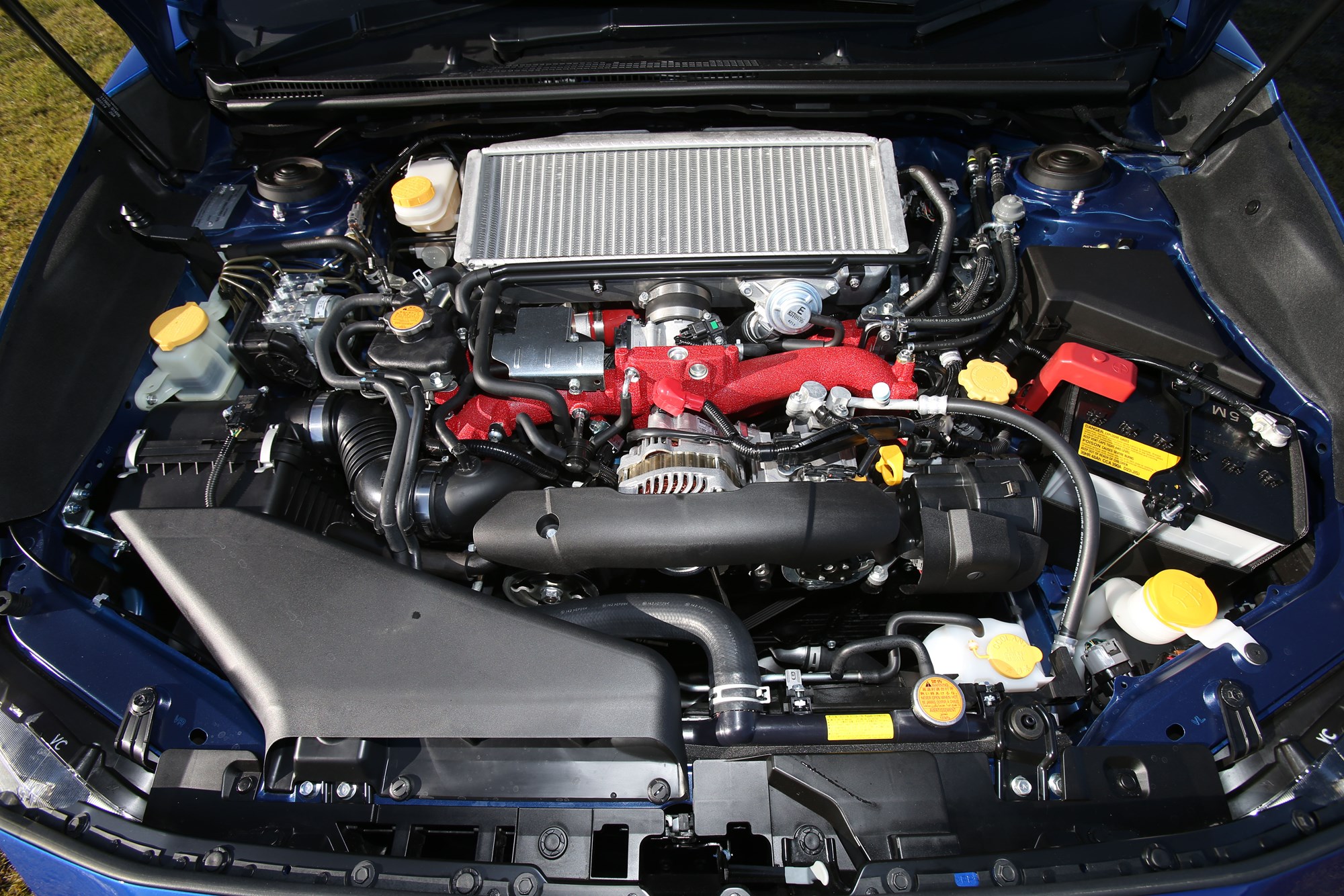This year Subaru celebrates the 50th anniversary of its now iconic horizontally-opposed “Boxer” engine.
Pop the hood on any of Subaru NZ's eight models and you'll find an example of the latest form of the engine configuration.
The unique feature of how the horizontally-opposed design of the Boxer engine works comes down to the function of the pistons. Each of the pistons face each other in a side-to-side symmetrical layout.
The movement of the piston from side-to-side is where the boxer name comes from. Imagine a boxer training at a punching bag to get the picture.

Above: The Subaru 1000 was the first Subaru to feature a boxer engine. Photo / Wikimedia commons
The opposing pistons work to cancel out the inertia force of each other, and Subaru says the result is less vibration and superb rotational balance which provides a smooth feel right up to the high rev range.
Subaru first introduced the boxer engine to their range on the Subaru 1000 compact car on May 14, 1966. That engine, the EA-52, made 41kw of power out of 977cc. Fast forward 50 years and Subaru now boasts a wide range of boxer engines, including four and six cylinder units, which power the entire range of its vehicles.
Since the Subaru 1000, Subaru has developed the boxer concept to maximize the advantages the engine configuration offers, and continuously enhanced them to provide better power and efficiency for its vehicles. Today, every vehicle sold by Subaru is fitted with a Boxer engine and its total production over the past 50 years tops 16 million engines.
One of the longest running engines in the Subaru stable was the EA series engine, used between 1966 and 1994. Used in the majority of Subaru vehicles at the time, including the Leone, Brumby, RX and XT, the EA series first appeared in 977cc guise before growing to 1781cc at the end of its life cycle.

Above: The Subaru STI is the last car in the Subaru range to feature an EJ series engine. Photo / John Borren
The EA series was superseded by the EJ series with the introduction of the Subaru Legacy in 1989, and is the engine with which Subaru has found great successes in both production vehicles and motorsports. EJ engines propelled Subaru rally cars to victory in the WRC at the hands of first Colin McRae, and later Petter Solberg.
The EJ series is still in use with the company today in the high performance STI variant of the WRX where it makes 221kW and 407Nm of torque, however the company now predominantly uses the FA and FB series of engines which is found in the cars from the BRZ coupe through to the Forester SUV.




